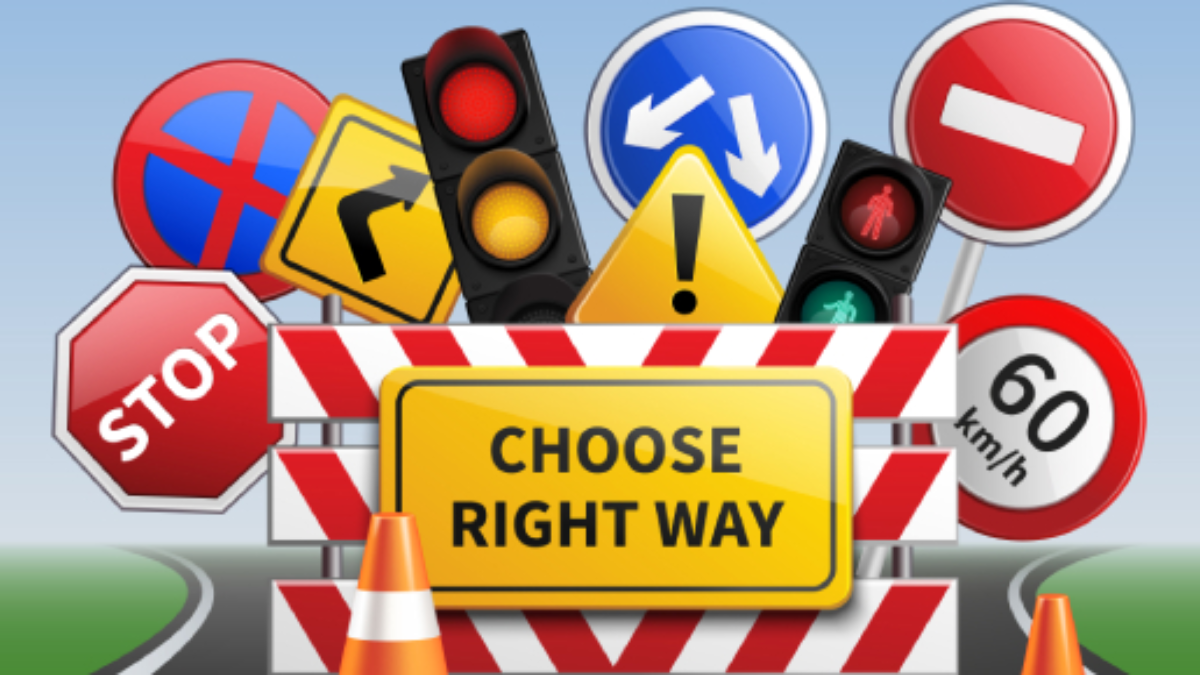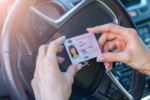Understanding right-of-way laws is crucial for ensuring safety on the road. Utah’s right-of-way laws, like those in other states, are designed to govern interactions between drivers, pedestrians, and cyclists to minimize accidents and maintain order. This article takes an in-depth look at Utah’s right-of-way laws, including key regulations, scenarios, and penalties for violations.
Key Right-of-Way Rules in Utah
Utah law clearly outlines who has the right of way in various traffic situations. Here are some of the key scenarios:
Intersections Without Traffic Signals
At intersections without stop signs or traffic signals, the vehicle on the right has the right of way when two vehicles arrive simultaneously. If one vehicle arrives first, it has the right of way.
Stop and Yield Signs
Vehicles approaching a stop sign must yield the right of way to other vehicles or pedestrians in the intersection. At a yield sign, drivers must slow down and be prepared to stop if necessary to allow other road users to proceed first.
Pedestrian Crosswalks
Utah law requires drivers to yield to pedestrians in marked or unmarked crosswalks. Failing to yield to pedestrians can result in fines and penalties, especially if it leads to an accident.
Emergency Vehicles
Drivers must yield the right of way to emergency vehicles displaying flashing lights or sounding sirens. Pull over to the right-hand side of the road and stop until the emergency vehicle has passed.
Left Turns
When making a left turn, drivers must yield to oncoming traffic and pedestrians in the crosswalk. This rule ensures that vehicles proceeding straight have the priority.
Special Considerations for Cyclists
Cyclists are treated as vehicles under Utah law, meaning they must follow the same right-of-way rules as motor vehicles. However, drivers must exercise extra caution around cyclists and give them adequate space when passing.
Utah also has a “three-foot rule,” which mandates that motorists must maintain at least three feet of distance when passing a cyclist. Failure to do so can result in fines and potential liability for accidents.
Common Right-of-Way Scenarios
Roundabouts
Roundabouts are increasingly common in Utah. Vehicles already in the roundabout have the right of way, while entering vehicles must yield until there is a safe gap.
School Zones
In school zones, drivers must always yield to crossing guards and children. Speed limits are strictly enforced, and failure to yield can result in hefty fines.
Parking Lot Exits
Vehicles exiting a parking lot or driveway must yield to pedestrians on the sidewalk and traffic on the roadway. This rule prevents collisions in high-traffic areas.
Penalties for Violating Right-of-Way Laws
Violating Utah’s right-of-way laws can lead to serious consequences, including:
- Fines: Traffic tickets for right-of-way violations typically range from $100 to $750, depending on the severity of the infraction.
- Points on Your License: Right-of-way violations can add points to your driving record, which may lead to higher insurance premiums or even license suspension if you accumulate too many points.
- Criminal Charges: In cases where a violation results in serious injury or death, drivers may face criminal charges, including reckless driving or vehicular manslaughter.
Tips for Avoiding Right-of-Way Violations
To avoid penalties and ensure safety, keep these tips in mind:
- Stay Alert: Always pay attention to road signs, traffic signals, and the behavior of other road users.
- Be Patient: Yielding the right of way, even when you’re not required to, can prevent misunderstandings and accidents.
- Use Signals: Clearly indicate your intentions using turn signals to communicate with other drivers.
- Slow Down in School Zones: Exercise extra caution in areas with heavy pedestrian traffic, such as school zones and shopping centers.
Resources for Learning More
For more detailed information on Utah’s traffic laws, visit the Utah Department of Public Safety or consult the official Utah Driver Handbook available on the Utah DMV website. These resources provide comprehensive guidance on right-of-way laws and other traffic regulations.
Conclusion
Utah’s right-of-way laws are designed to create a safe and orderly traffic environment for everyone. Whether you’re a driver, pedestrian, or cyclist, understanding these rules is essential for avoiding accidents and staying compliant with the law. By following the tips and guidelines outlined above, you can contribute to safer roads and minimize the risk of traffic violations.
Disclaimer – Our team has carefully fact-checked this article to make sure it’s accurate and free from any misinformation. We’re dedicated to keeping our content honest and reliable for our readers.








